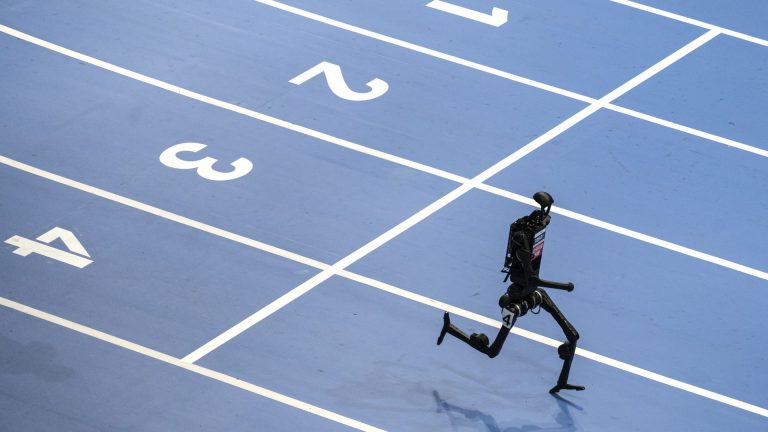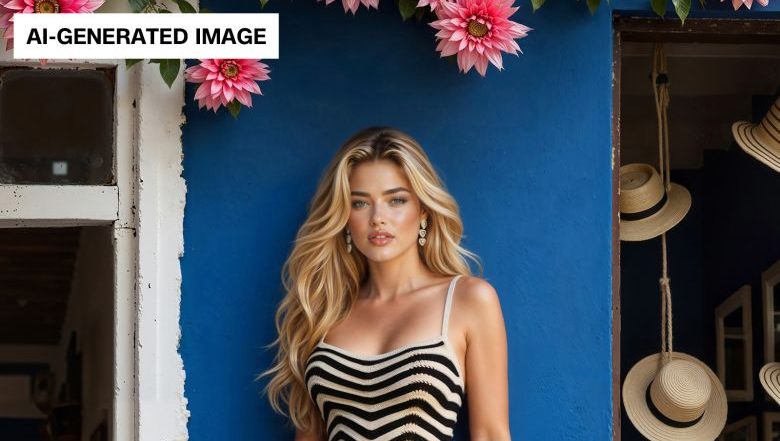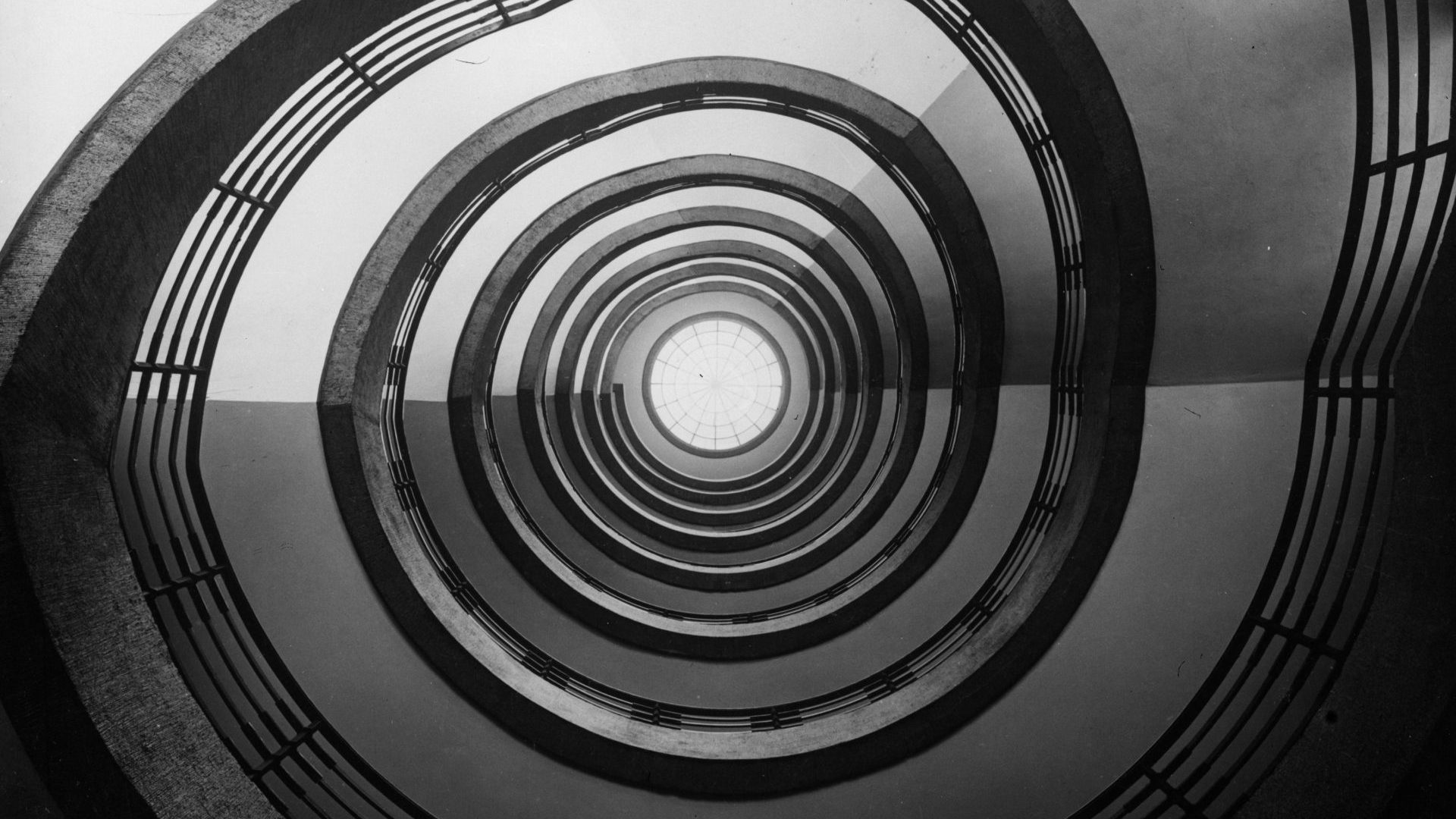It has been a landmark year for Vogue. Not only did 2025 see the departure of diminutive sunglasses enthusiast Anna Wintour as editor, but it also ushered in a new era in the magazine’s history: in the US edition, a campaign for Guess appeared featuring the first AI-generated model.
While the focus in much media commentary around the ad was on what this meant for the future of the modelling industry, I was curious about the perspective from the other side of the lens. John Rankin Waddell (he is known professionally as Rankin) has photographed the world’s beautiful people for decades. So I asked him what he thought of the whole thing and what it meant for his job.
“Well, it was shit, wasn’t it?” laughs Rankin. “I don’t think it’s good work, although I do think it’s interesting that Guess are using it in that way.
“A lot of their stuff, their brand aesthetic, is quite retouched and vaguely artificial-looking and 2-D, and they have leaned into that aesthetic in their ads over the years, so in some ways it’s a natural extension of that. It’s a very clear west coast aesthetic, a certain type of woman, and it looks like a merged amalgam of various celebrities, which is interesting in itself… Overall, though, I’ve seen lots of better uses of this sort of thing, even in the fashion space.”
Hang on, though – what do you mean “lots of better uses of this sort of thing”? Wasn’t this a world first? “Nah, it’s everywhere already,” Rankin says. “I think that even when it’s not explicit there is a lot of AI being used in fashion shoots. You learn to see certain tells. It’s the beginning of a new way of working.
“I’ve had clients come to me since the Guess ad saying ‘Can you do something like this?’ There are going to be lots of people demanding this, inevitably, because it saves money. Obviously there will also be a parallel market for authenticity, so it’s not going to be everywhere, but it’s not going away.”
Reaction online to the Guess ad, however, was hardly positive; leaving aside existential questions about the ethics of using machine-generated people and entirely faked imagery, eagle-eyed observers noticed that the AI model was apparently seven feet tall and had more than the regulation number of kneecaps. Won’t public antipathy towards the tech mean that brands avoid it for reputational reasons?
“No, I don’t think so. There’s a kneejerk reaction from people shouting against the tide, but, honestly, it won’t change anything. Guess won’t give a fuck because that’s not a Guess position. They are a brand that’s sexualised and provocative so they’re probably quite enjoying the PR around it.
Suggested Reading

Meet AI’s silver medallists
“The pace of this is economically driven. People who are hiring me for AI work are mainly people who want to do thought pieces, who want to engage with it critically, but there are also a lot of people who just want high-end AI-generated imagery, and the economics of this will drive it. If it’s cheap, and it looks good enough, people will buy it.”
What does he think this means for the future of fashion photography? “Will this last? We don’t know yet, and I don’t want to speculate. I just take pictures!” he says.
“We’re dealing with something totally new. I am hoping that people who are good at what they are good at, in this case photography, will use this tech to get even better. Working with senior creatives who are using this stuff to supercharge their output has shown me that if you’re good you can quickly become very good indeed. Of course, though, there’s a downstream effect – because the 50-60 other people who would have been used on a shoot, they’re not needed any more.”
I asked Rankin what he’s doing with AI. “I’m not doing anything that challenging, but I am writing and thinking about it a lot, and experimenting with the edges of what it can do. I don’t feel I’m near a breakthrough when it comes to image making or video creation, but I’m exploring it in a conceptual, almost anthropological way.
“I’m trying to work out what I think. I started because I was scared of it, and recently put together FAIK – my personal exploration of what the technology can do. Recently what I’ve been doing is to find a way of exploring the outer limits of it, using my own photos within it, feeding it my work and then using the AI as a means of exploring it and changing it and having a dialogue with it. I think that’s where I’ll feel most comfortable.
“It makes me excited. But it also makes me feel exhausted and empty, which is a weird emotional feeling in itself. I feel better using my photos because it feels authentic, like I am working from my own corpus and like it’s an extension of my creative practice over three decades or more.”
I ask Rankin whether he thinks this will eventually be the end of him as a high-end fashion and portrait photographer. “I don’t think it will. Rich people will always want people to take their photo and make them look good – the person-to-person connection is vital. I might not get paid as much, but the market will continue to exist.”
And if he’s wrong? “I am going on LinkedIn and rebranding as an AI training expert like seemingly every other cunt on the planet.”
Matt Muir is a tech journalist



